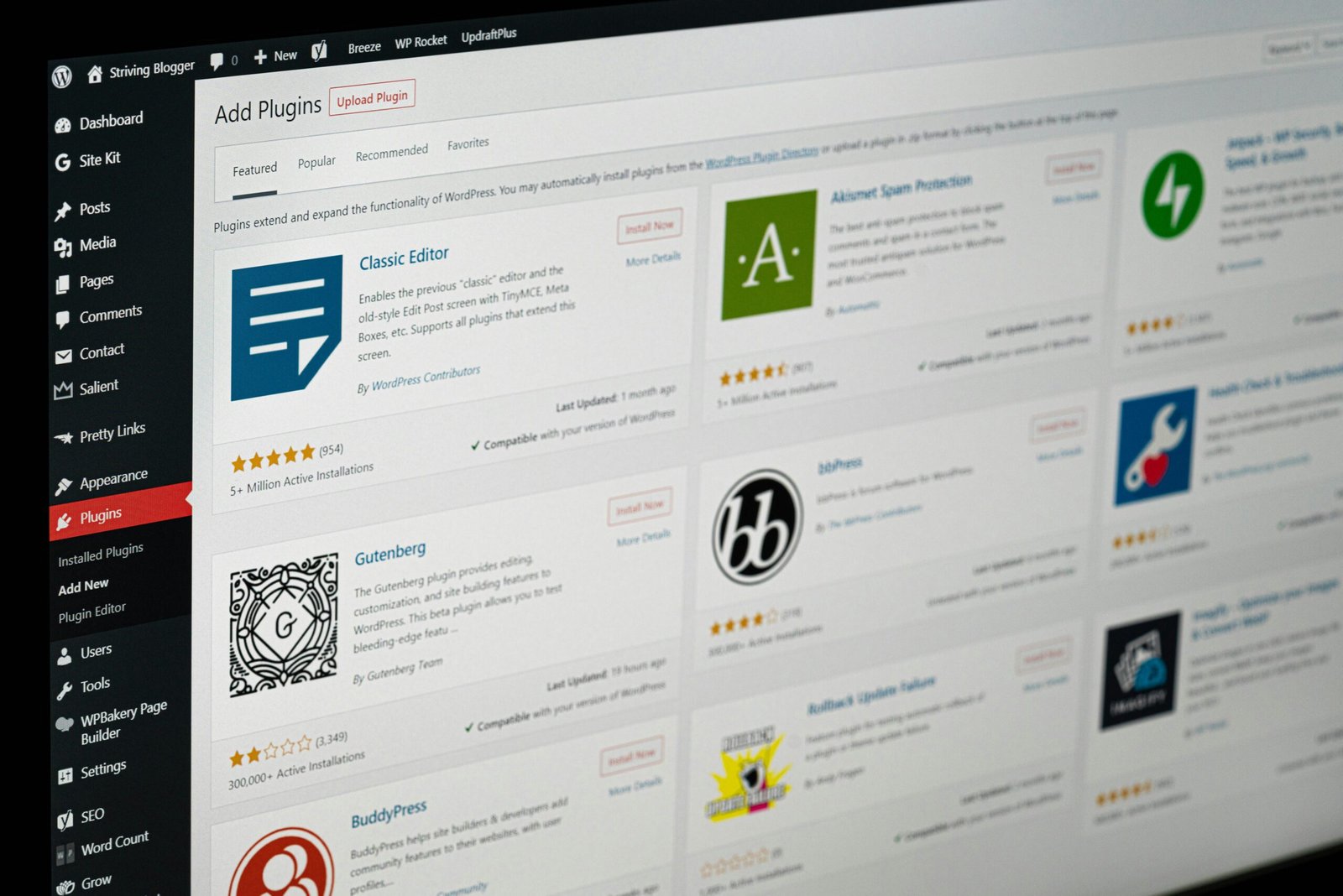Impact of IT in Remote Work: Tools and Technologies of the New Normal
Introduction
The shift to remote work has fundamentally and irreversibly changed the structure of the traditional office layout, and it is imperative for businesses to adapt to this new normal. IT plays an important role in this regard by forming the tools and technologies that support remote work with considerations for maintaining productivity, communication, and security. In this blog, we walk through the history of remote work, the critical enablers – tools and technologies, and how to set up a strong IT infrastructure that can help organizations perform in this new world.
Evolution of Remote Work
Historical Context
Working from home is not a new idea; it has gradually changed in meaning over decades. At first, a small percentage of workers had the privilege to work at home, in relevant jobs that did not require the worker’s physical attendance. With rapid technology advancements, the entire process of working from home gradually changed the place of working for more professions.
Impact of the COVID-19 Pandemic on Remote Work Trends
The world is witnessing a grand scale of this trend of remote work that has never been seen before, and the process is expedited through COVID-19. That meant working staff had almost overnight to operate from their homes. This increased the impact toward a resilient IT infrastructure and strong remote working tools. That is why numerous businesses have reached a conclusion to support remote work post-pandemic.
The future of remote work looks brighter, with most institutions embracing a hybrid type that combines remote and office work. This flexible attitude is beneficial to both employers and employees: one can easily achieve a work-life balance and can more easily access a larger talent pool.
Primary Tools for Remote Work
Communication Tools
Communication is key for distributed teams. A proper communication tool, like Slack and Microsoft Teams, provide instantly with chat, video conferencing, and file sharing, to make sure every team member stays connected and involved. These kinds of tools also integrate with other tools to be more productive.
Remote project management requires doing things such as giving clear tasks and tracking progress using project management applications like Trello or Asana. These tools help structure possible ways for the team to fulfill their tasks, set deadlines, and control the conduction of tasks in real time. Other features of such kind of tools include the use of shared notification and workboards to flow through work.
Recent technologies that are making remote work possible include:
Cloud Computing: Google Workspace and Microsoft 365, which are tools that offer services in collaboration, including sharing of documents, live editing, and storage in the cloud to make them virtual. It helps workers maintain the same information, thus making it easier to work on documents uniformly.
Cloud computing provides the underpinnings for remote work as made possible through access to data and applications from hitherto any other place, as long as there is an internet connection. Cloud services—that is, Amazon Web Services, Google Cloud, and Microsoft Azure—deliver flexible, scalable.
VPNs
VPNs are used to remotely access a company network in a secured way. VPNs encrypt an internet connection to give the sensitive data some protection from the threats in cyberspace. A VPN grants remote company employees the ability to connect securely with internal resources.
Use of Cybersecurity
During these times of ramped-up remote working, the correct cybersecurity precautions must be taken. Universal factors include multi-factor authentication, endpoint security, and regular security audits, which will help protect company data from cyber-induced attacks.
IT Infrastructure
Configuring an IT Infrastructure
An IT infrastructure for remote working is one in which users remain connected to the corporate environment wirelessly and safely. The IT department must therefore ensure employees have sufficient hardware and software to finalize their work.
Remote Desktop Solutions
Remote desktop services such as RDP and VDI give employees access to office computers from anywhere. These give an experience that seems transparent in working, with the ability to use the desktop experience that employees are familiar with in any given location.
Hardware and Software Considerations
The right hardware, in terms of laptops, webcams, and headsets, needs to be supplied to ensure the productivity of remote workers. Software solutions for communication, collaboration, and cybersecurity have to be made available and updated regularly.
Challenges and
Common Challenges
There are several major issues associated with remote work, including data security, connectivity, and understanding how to maintain team cohesion. Each employee in an organization should be confident that quality of service and a secure connection are provided.
Information Technology Solutions for Overcoming these Challenges
Connectivity: Provision of good quality routers and subsidies on internet service can provide better connectivity to both urban and rural areas where the remote workforce lives.
Data Security: Installing VPNs, setting up firewalls, and continuously providing training on security features can mitigate the risk associated with data security.
Team Cohesion: How they work has been maintained through the use of collaboration and conversation tools
Best IT Practices When Working Remotely
Secure and Reliable Remote Access
To check into company resources from any location, an ideal protocol is used in gaining access to systems like VPNs, multi-factor authentication, etc. Also, software update and scrutiny make security more formidable.
Updates and Maintenance
Keeping your software and systems current is a critical means of safety and performance. IT departments should set normal maintenance periodicity to ensure all tools and technologies are sound.
Training and support
To this effect, there is training and support to employees for remote working with specific tools and technologies. IT support must be ready for any occurring problems so that work disruptions can be minimized.
Case Studies
Examples of Companies that Successfully Implanted their Solutions for Remote Work
Microsoft: The company used its tools—Microsoft Teams and Azure—enabling it to step into remote work easily during the pandemic.
Dropbox: Implemented a “virtual first” strategy by providing its workers with the proper resources to assist them to work remotely effectively.
Some Key Learnings from this Case
Investment in IT Infrastructure: A Strong information technology infrastructure is the foundation required to enable the seamless functioning of employees by working from home.
Focus on Security: Integrated cybersecurity technologies ensure data and company resources are protected from various threats.
Collaboration: Embedded collaboration tools guarantee that remote teams are capable of working together conveniently.
Future of Technology
New Technologies that Support
Automation and AI: AI tools for predictive analytics and automated workflows.
5G Technology: 5G network ensures the best, fastest, and secure internet during remote working.
Virtual and Augmented Reality: The tools being developed for making remote collaboration immersive.
Predictions for Future of IT
With remote work evolving, IT is going to have a critical place. More development in the area of cloud computing cannot be put far out of consideration—cybersecurity and collaboration tools to make more seamless and secure remote working environments.
Conclusion
Hence, IT is central to remote work: be it elemental tools for communication and collaboration, immense infrastructures for IT provisioning, or security penetration. When businesses embrace the best technologies and practices, their remote workforce will continue to be productive, connected, and secure. It is the future of work, right here with the best IT solutions to keep organizations thriving in this new era.







